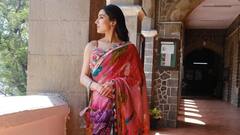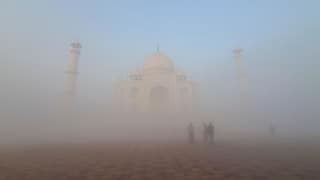Kani Shawls To Kashmiri Silk: A Look At Handlooms Of Srinagar
Kashmir the ‘heaven on earth’ is famous not only for its picturesque beauty but also for its embroidery and handloom products, symbolising local culture and luxury.

Srinagar, the summer capital of Jammu and Kashmir, has been designated a 'World Craft City' by the World Crafts Council, on 23rd June, Sunday. This recognition is believed to improve the handloom and handicraft sectors and improve the tourism and infrastructural sectors. The spokesperson emphasised the fact that the city has a very rich cultural background and hardworking and talented artists who have received quite good recognition all over the world. This statement affirms Srinagar’s position as an international city on the artistic and cultural map.
Brief History
Kashmir the ‘heaven on earth’ is famous not only for its picturesque beauty but also for its embroidery and handloom products, symbolising local culture and luxury.
Embroidery in Kashmir dates back to the 7th century AD and started flourishing in the 16th century during the Mughal period when Kashmiri shawls became part of fashion and trimmed with embroidery. By the middle of the 19th century, these shawls were desirable to the Europeans, especially the French. The technological revolution towards the close of the 18th century also paved the way for further improvement in the existing status of 'Shruen Kashmiri' craftsmanship globally.
ALSO READ: Srinagar Recognised As ‘World Craft City’ – A Boost For Handloom and Handicraft Sector
5 Most Popular Handloom Textiles In Kashmir:
Kani Shawls:
Kani shawl, originating from the Kanihama area of the Kashmir valley, is one of the oldest handicrafts of Kashmir. Worn by Mughal Kings, Sikh Maharajas and British Aristocrats, the shawls are woven from pashmina yarn. The Ain-i-Akbari records that Emperor Akbar was an avid collector of Kani shawls. The government of Jammu and Kashmir has granted GI Tag to the Kani shawl, making it illegal to sell shawls made outside of the Kanihama area as Kani shawls.
Instagram/@kashmirloom
Amlikar:
Amlikar or Amil needlework can be considered a unique ornamentation involving floral motifs in shawls woven from Pashmina wool. This particular style of embroidery uses a stitch somewhat similar to darning, created by experienced rafoogars, or darners. The method inhibits the needle from penetrating the fabric significantly and therefore demonstrates a high level of intricacy and maintains the integrity of the shawl throughout the process of knitting it.
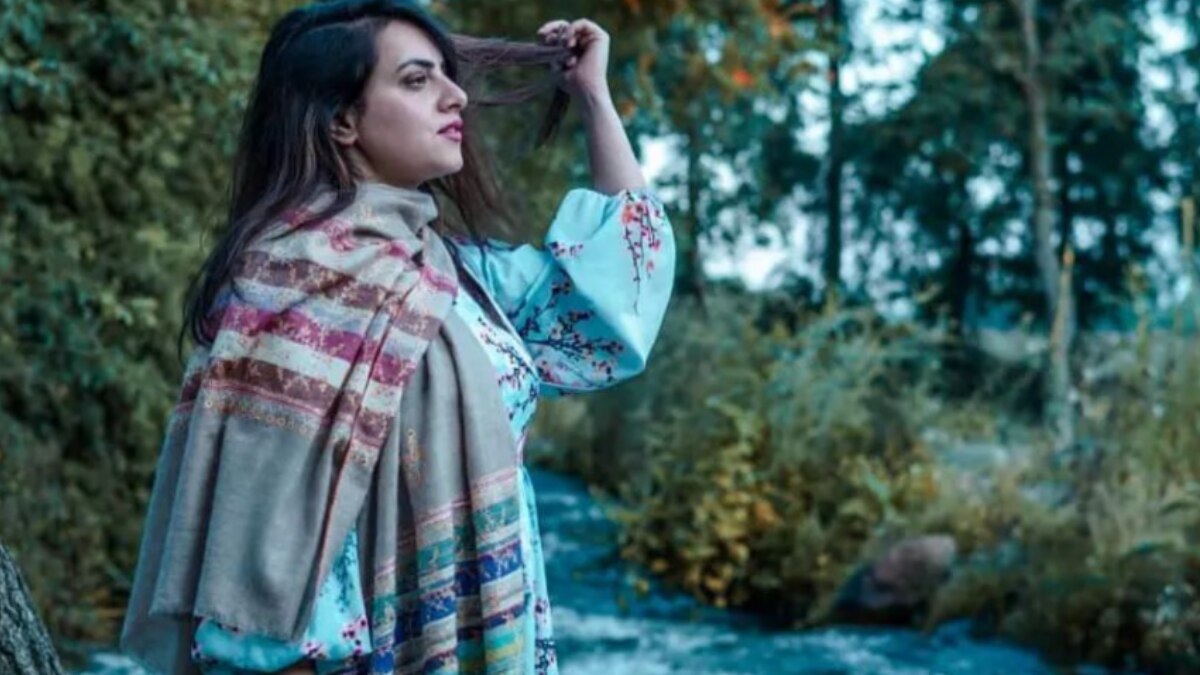
Dourukha shawls:
The characteristics of the dourukha shawls include a very high level of weave and various multi-coloured designs like contrasting black edges. However, the speciality is that the artisan can always make patterns on one side of the shawl similar to a mirror image of the other side, thus increasing its distinctiveness. Both these techniques endow characteristic features to the shawl which makes the piece unique in the Kashmiri fabric history.
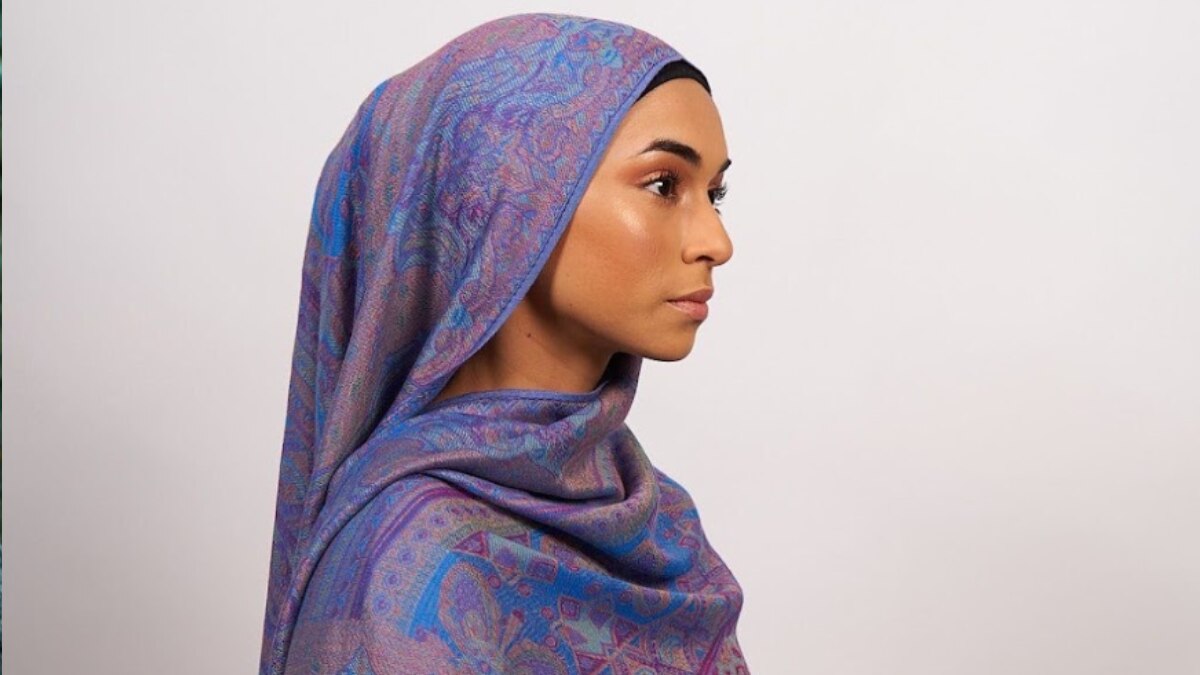
Pherans:
The Pherans are between a coat and a cloak especially suited to the Kashmiri lifestyle. The material used in men’s pherans is tweed or coarse wool and the women’s features raffle fabric. The dresses usually have Aari or hook designs around the neckline, along the cuffs as well as on the borders. The cost of garments depends on the embroidery intricacy and raffle thickness.
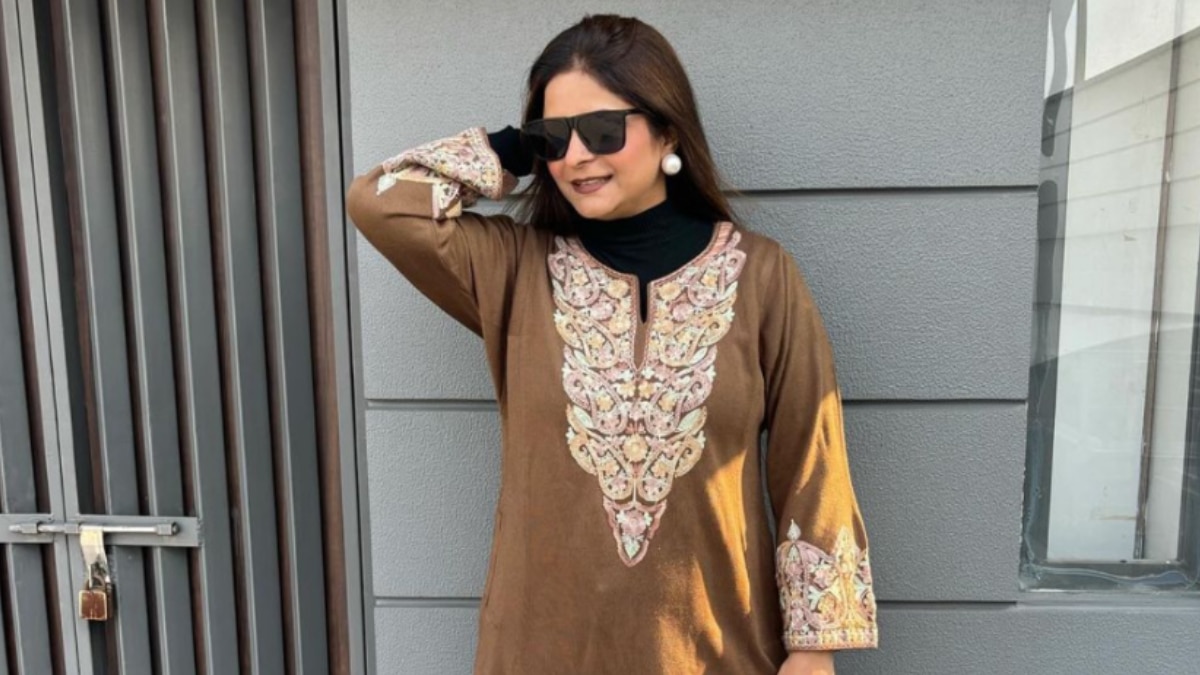
Kashmiri Silk:
To be specific, like its counterpart tweed, Kashmir silk is also a well-known fabric that differs from the other in the cocoon rearing rather than in the weaving and printing sections. It is particularly noteworthy that in the sphere of silkworm cocoon rearing, carried out on a large scale in the region, Kashmir ensures the production of luxuriously silky silk. It links to the fact that the focus is on the production of cocoons, making sure the silk they produce is top-notch, which in a way preserves the reputation of Kashmir in the silk industry, while the actual activities of weaving and printing of silks appear to be limited.
Trending News
Top Headlines

















